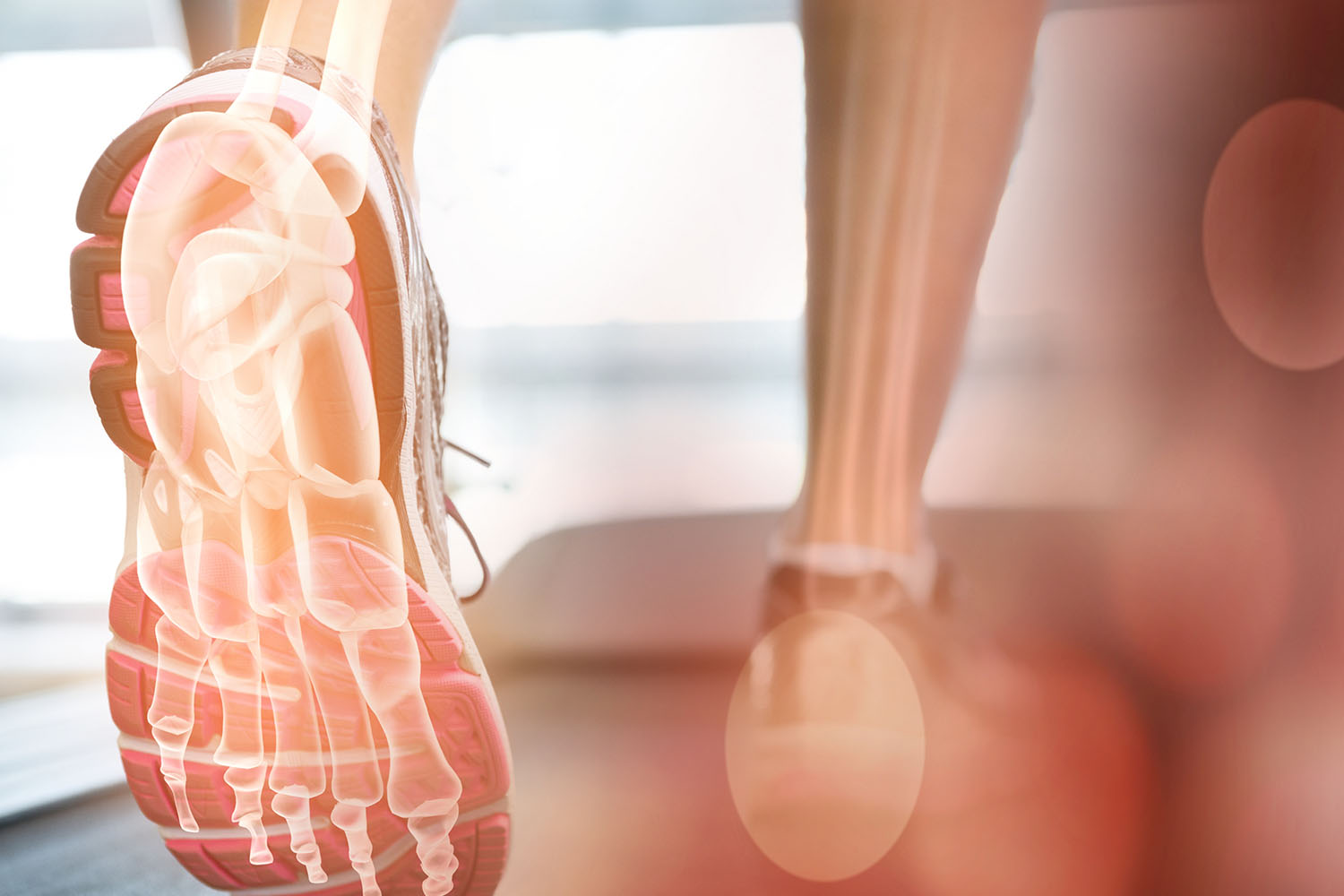Overview
When we think about our muscles, our minds often jump to the more prominent ones like those in our arms, legs, and core. However, the foot muscles are an incredibly intricate and vital part of our anatomy, playing a crucial role in balance, movement, and overall foot health. In this blog, we’ll delve into the fascinating world of foot muscles, exploring their structure, function, and the latest international research on this essential topic.
Understanding Foot Muscles
The human foot is a marvel of engineering, composed of 26 bones, 33 joints, and over 100 muscles, tendons, and ligaments. These muscles can be broadly categorized into two groups: intrinsic and extrinsic foot muscles.
Intrinsic Foot Muscles: These muscles are located entirely within the foot. They are responsible for fine motor movements and maintaining the arch of the foot. Key intrinsic foot muscles include the abductor hallucis, flexor digitorum brevis, and the lumbricals. These muscles help in controlling the toes and supporting the arches, providing stability during various activities.
Extrinsic Foot Muscles: These muscles originate in the lower leg and extend into the foot via long tendons. They are primarily involved in larger movements such as walking, running, and jumping. Important extrinsic foot muscles include the tibialis anterior, tibialis posterior, and the peroneal muscles. These muscles enable the foot to adapt to different terrains and absorb shock during locomotion.
The Importance of Foot Muscles
The foot muscles are essential for maintaining balance and stability. They work in concert to support the arches of the foot, which act as natural shock absorbers. Strong and flexible foot muscles help prevent injuries such as plantar fasciitis, Achilles tendonitis, and shin splints. Furthermore, they play a critical role in overall posture and gait, influencing how we walk and run.
Recent International Research on Foot Muscles
Recent international research has shed light on the importance of foot muscles in various aspects of health and performance. Here are some key findings:
- Foot Muscle Strength and Balance: A study published in the Journal of Orthopaedic & Sports Physical Therapy highlighted the correlation between strong foot muscles and improved balance in older adults. The researchers found that targeted foot muscle strengthening exercises significantly reduced the risk of falls.
- Impact of Footwear on Foot Muscles: Research from the University of Liverpool explored the effects of different types of footwear on foot muscle function. The study revealed that minimalist shoes, which mimic barefoot conditions, can enhance foot muscle strength and flexibility over time, compared to traditional cushioned shoes.
- Role in Athletic Performance: An international study published in the Scandinavian Journal of Medicine & Science in Sports examined the role of foot muscles in athletic performance. The findings indicated that athletes with well-developed foot muscles exhibited better agility, speed, and power, underscoring the importance of foot muscle conditioning in sports training programs.
- Foot Muscle Rehabilitation: Research from the University of Tokyo focused on foot muscle rehabilitation for individuals with flat feet. The study demonstrated that specific exercises targeting the intrinsic foot muscles could significantly improve arch height and foot function, offering a non-surgical option for managing flat feet.
Strengthening Your Foot Muscles
Given the importance of foot muscles, incorporating exercises to strengthen and stretch these muscles into your routine is beneficial. Here are a few exercises to consider:
- Toe Curls: Sit with your feet flat on the ground and curl your toes inward, scrunching a towel or picking up marbles with your toes. This exercise targets the intrinsic foot muscles.
- Heel Raises: Stand with your feet shoulder-width apart and slowly rise onto your toes, then lower back down. This exercise strengthens the extrinsic foot muscles, particularly the calf muscles.
- Arch Lifts: Sit with your feet flat and gently lift the arches of your feet without curling your toes. Hold for a few seconds and then relax. This exercise helps in building strength in the intrinsic foot muscles.
Foot muscles are a critical yet often overlooked component of our musculoskeletal system. They play a pivotal role in balance, movement, and overall foot health. By understanding and caring for these muscles, we can enhance our mobility, prevent injuries, and improve our quality of life. As research continues to unveil the intricate functions and benefits of foot muscles, it becomes increasingly clear that strong and flexible foot muscles are key to maintaining a healthy and active lifestyle.
Whether you’re an athlete looking to boost performance or someone aiming to improve overall foot health, paying attention to your foot muscles is essential. So, take a step forward and invest in your foot muscles—they truly are the foundation of your movement.



